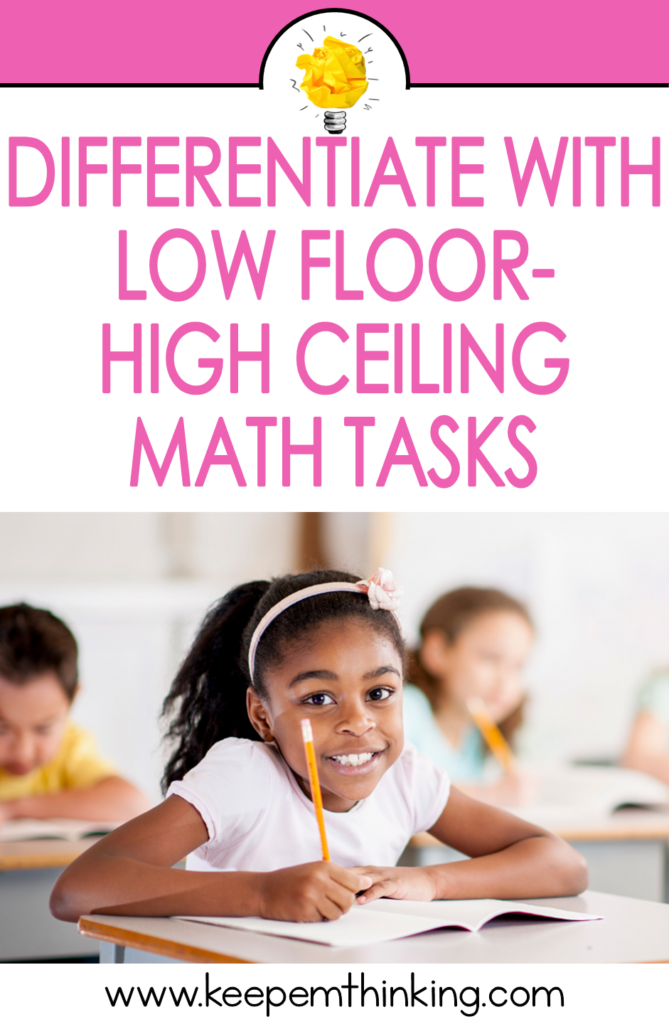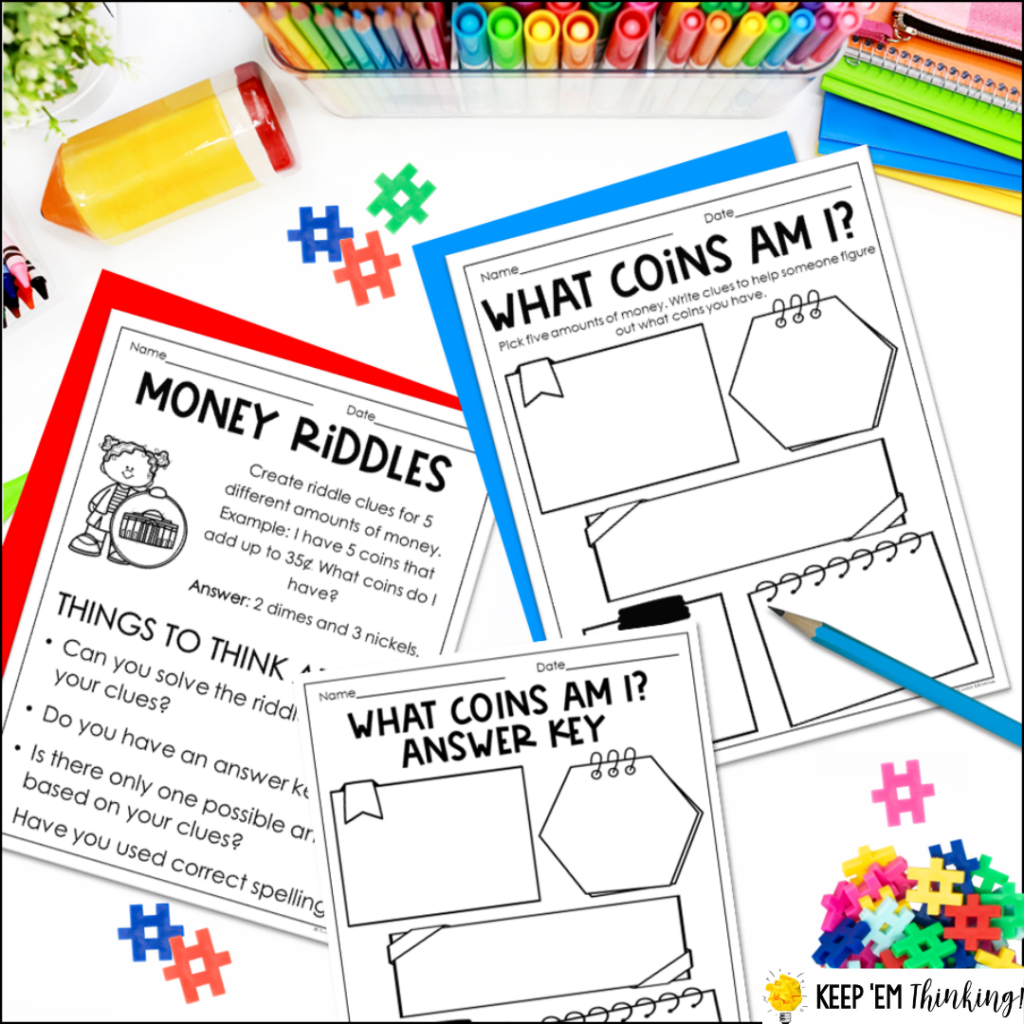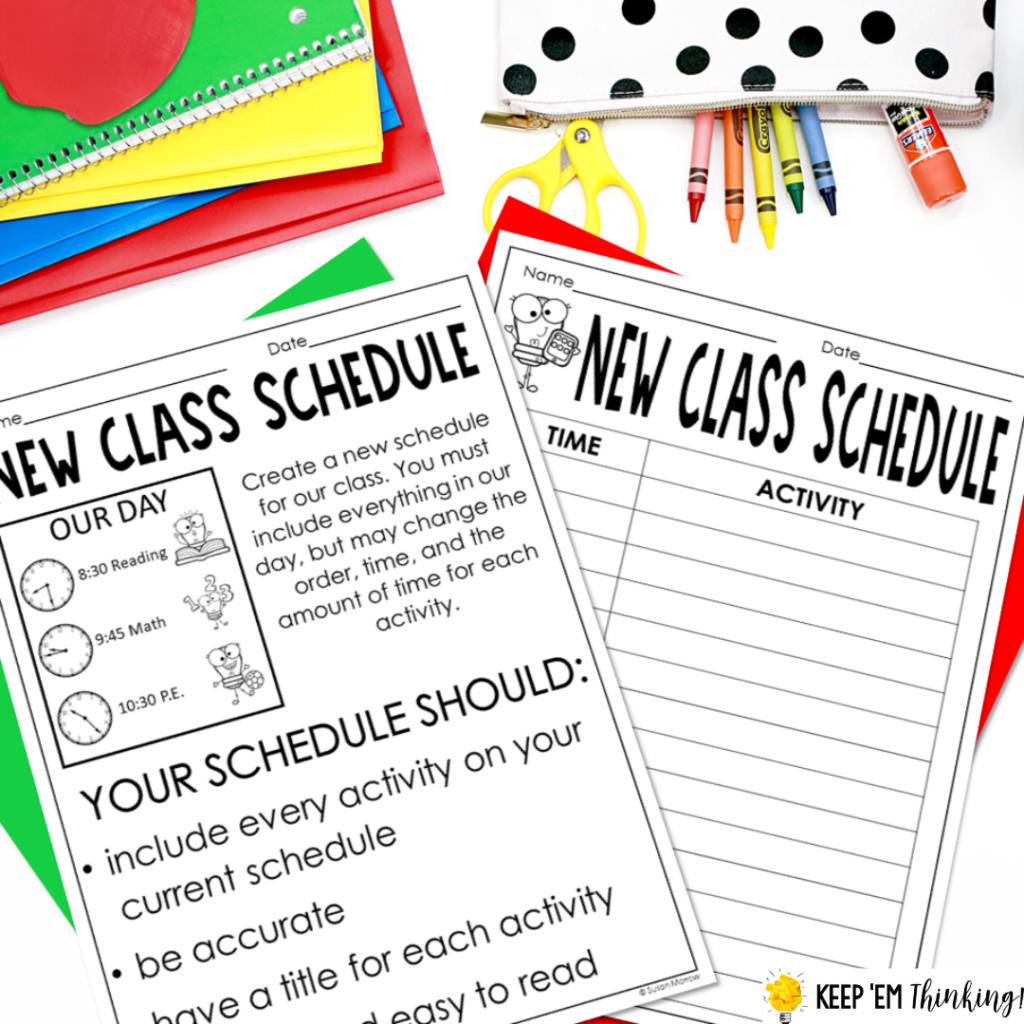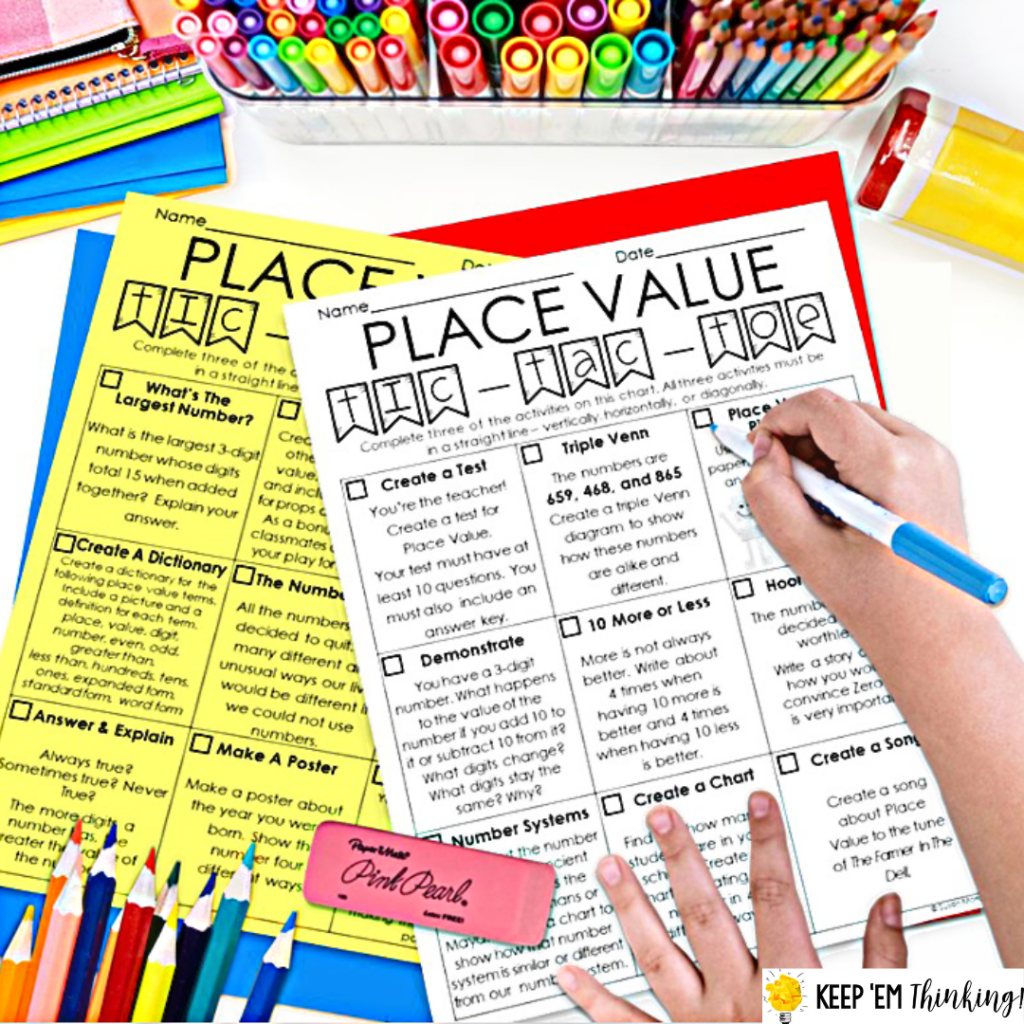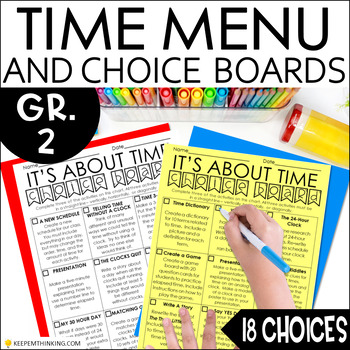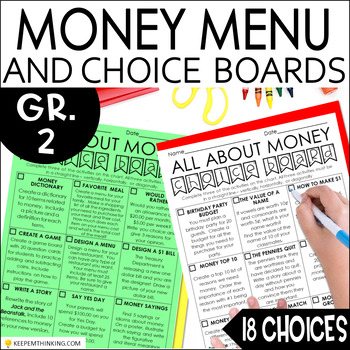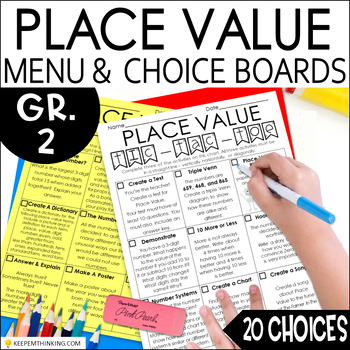All classroom math teachers struggle with the same issue- “How do I reach my struggling students and push my high-achieving students at the same time?” If you understand this struggle, let me share a concept that will help you- Low Floor High Ceiling Math Tasks! This type of math task is designed to be accessible to all students, regardless of their math ability, while also challenging your advanced learners. Interested in learning more? Keep reading to see how you can use Low Floor High Ceiling Math Tasks in your classroom!

What are Low Floor High Ceiling Math Tasks?
Low Floor High Ceiling math tasks are math problems or activities that can be accessed by all students in the classroom, no matter what their current math skill level is. These tasks are designed to have a “low floor” so that all students can enter and begin working on the task. However, these tasks also have a “high ceiling” so that students who have a stronger understanding of math concepts can continue to be challenged and extend their learning.
These tasks can be designed in a variety of ways, such as open-ended problems, projects, or investigations. The most important idea to keep in mind is that there must be multiple entry points and the opportunity for students to explore and engage with math concepts at their own level. Check out this Blog Post that shares more ideas about what kind of activities constitute Low Floor High Ceiling Math Tasks!
Why Use Low Floor High Ceiling Math Tasks?
Low Floor High Ceiling Math Tasks offer several benefits for your students! First, they allow for differentiation, which is critical for reaching all learners in the classroom and can be tough to do without the right resources. All students can work on the same task, and more advanced students can push themselves further.
Second, Low Floor High Ceiling Math Tasks encourage problem-solving and critical thinking skills. By allowing students the opportunity for open-ended exploration and multiple entry points, they can approach math concepts with more flexibility and creativity. Thinking “outside of the box” can help students develop a deeper understanding and stronger problem-solving skills.
Lastly, Low Floor High Ceiling Math Tasks promote a growth mindset by giving all students the chance to take risks and learn from their mistakes. Students are encouraged to persist through challenges and to view errors as opportunities for learning and growth.
Are you convinced that Low Floor High Ceiling Math Tasks are the perfect way to reach all of your students, regardless of their math ability? Yes, of course, you are! So let’s talk about ways that you can use these math tasks in your classroom!
Give Your Students the Power of Choice
One way that you can get students working on Low Floor High Ceiling Math Tasks is by allowing them to choose which tasks they work on. Choice Boards and Menus are the perfect way to empower students and have them take responsibility for their own learning! It’s also an easy way for students who struggle with math to find a few easier questions, while those who excel in math can choose the tougher questions. Its differentiation made easy!
When we add Choice Boards and Menus to Low Floor High Ceiling Math Tasks, it can help to engage all of our students in math and challenge them at their own level. The Math Tasks that are found in Choice Boards and Menus are basically math problems or puzzles that can be approached in a variety of different ways and have different levels of difficulty. This means that students who are just starting to learn a concept can work on the problem at a more basic level, while those who have already mastered the concept can work on a more advanced version of the same problem.
The Choice Boards and Menu Activities found in my Time Choice Board Enrichment Activities resource are perfect for incorporating Low Floor High Ceiling Math Tasks into your classroom. Students get to practice what they know about time while choosing to complete activities such as:
- creating a 20 question Time Test that other students could take
- rewrite a story to include several references to time
- creating a new class schedule that shows when each activity starts and how long it lasts
What I love most about these Choice Board/Menu Math Tasks is that some deal with “traditional math questions” whereas others ask students to think about math a little differently than they normally do. All the activities deal with time, but in creative ways that your students will love!
Ask Students to Solve Real-Life Problems
We math teachers know that math is everywhere in the real world! Students don’t really understand the importance of math in their everyday lives, so it’s up to us to teach them that. Low Floor High Ceiling Math Tasks are the perfect way to share this concept with your students!
Encourage your students to think critically and creatively as they explore different math tasks that deal with real-life problems. This helps prepare them for real-life situations where they may come up against problems that could be solved in many different ways.
Get kids excited about the concept of money and how it is used in real life with Low Floor High Ceiling Math Tasks like:
- making a poster of sayings about money and explaining their literal and figurative meanings
- plan a fun birthday party on a $100 budget
- create a dinner menu, then add up how much the entire meal will cost to make
In my Money Enrichment Activities resource, you will find math tasks like these (and more!) that give students a real-life problem to solve, but also give them guidelines and parameters to work within. This resource has everything you need to set your students up for success! Students who struggle with math will still be able to work to their capabilities and enjoy the math tasks while expecting more from those students with a deeper understanding of money.
Use Low Floor High Ceiling Math Tasks as an Incentive
I can’t think of a better way to motivate students to do their best work than with a fun activity! Oftentimes, when a kid does “the same old thing”, their heart just isn’t into what they’re doing. Can’t we as adults identify with this?
If we want our students to enjoy Math, we have to nurture a positive attitude toward math! I’m not a fan of “skill, drill, kill” as that method doesn’t allow students to enjoy math or think critically. Low Floor High Ceiling Math Tasks can help students develop a positive attitude toward math by allowing them to start with simple tasks and gradually work towards more challenging tasks. This can help students feel more confident in their math abilities and see themselves as capable of taking on difficult math problems.
Students also see that math is more than just numbers and has connections to reading and writing as well. So why not shake up the boring math review and worksheets with something creative? Let’s say you’re working with place value. Here are a few creative math task ideas:
- write a 3-digit number, then create clues to help another person deduce your number
- create and perform a play teaching your classmates about place value
- write down three 3-digit numbers- create a triple Venn Diagram comparing and contrasting the numbers
Allow your students to work in small groups or have a “Fun Friday” with Low Floor High Ceiling Math Tasks! They are just the ticket to get all your kids excited about math concepts!
And it’s so easy to do when you have math task activities like the ones in my Math Menu Place Value resource! Simply print everything you need for the tasks and you are ready to go! My math task resources all come with Choice Boards, Menu Activities, and even include printables to make your own bulletin board!
Add Low Floor High Ceiling Math Tasks to Your Classroom
I know that adding math tasks sounds super fun, but can feel a little intimidating. There’s really nothing to worry about though because I have exactly what you need to implement Low Floor High Ceiling Math Tasks into your lesson plans! Check out my TPT Store for fun, already done-for-you math resources that include the ideas you’ve seen in this Blog Post!
Pin these Math Task Ideas to Pinterest
Remember to Pin this Low Floor High Ceiling Math Tasks Blog to your favorite Teaching Pinterest Board! You won’t want to forget the ideas you found here!
